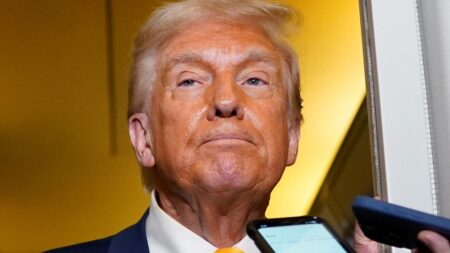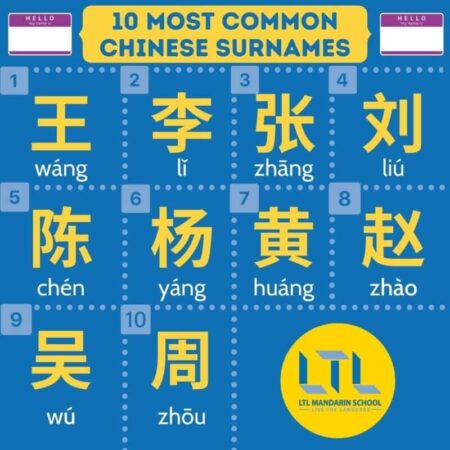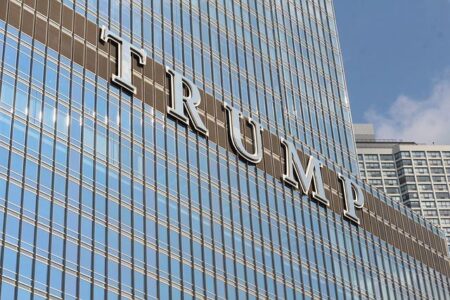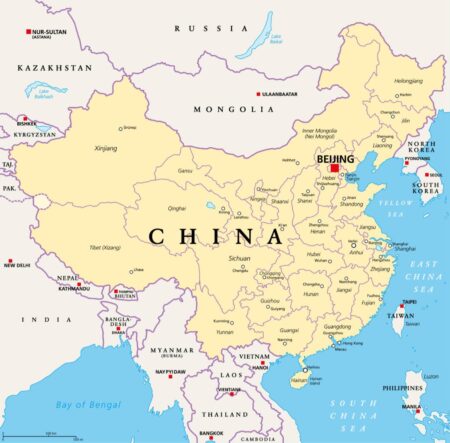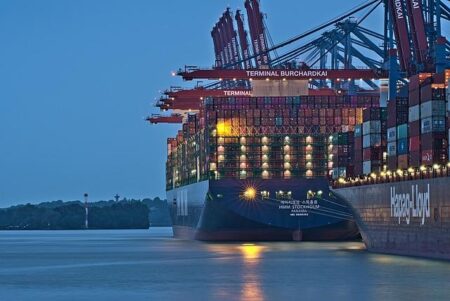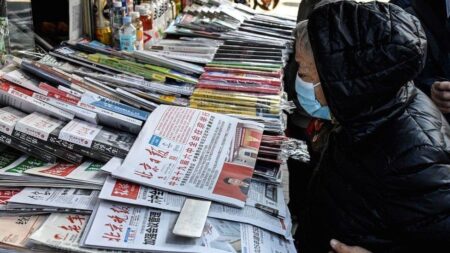Australians are becoming more wary of the United States, as trust wanes in the wake of Trump’s tumultuous tariffs and contentious choices. This evolving sentiment highlights rising apprehensions about America’s dependability as a global partner.
Browsing: South China Morning Post
Former President Donald Trump has taken aim at the U.S.-Japan security treaty, labeling it as “one-sided.” This bold statement has sparked curiosity about his true motives. Analysts speculate that he might be looking to shake things up by renegotiating the terms, aiming for a deal that aligns more closely with American interests and creates a fairer distribution of defense responsibilities.
Japan has positioned itself at the forefront of tariff negotiations with the U.S., seeking to bolster trade ties amid shifting global dynamics. The move underscores Tokyo’s proactive approach in addressing economic challenges and enhancing bilateral relations.
Australia has heightened surveillance of a sophisticated Chinese research vessel operating near its maritime borders. Officials emphasize their commitment to monitoring the ship’s activities, amid concerns over potential espionage and regional security implications.
China has unveiled the Comac C949, a groundbreaking supersonic jet boasting an ultra-long range and advanced noise-reduction technology. This innovative aircraft aims to redefine air travel standards, enhancing efficiency and minimizing environmental impact.
In a bid for identity, Chinese scientists are increasingly adopting Latin alphabet representations of their names. This shift not only facilitates international collaboration but also highlights the cultural significance of names in a globalized scientific community.
At the recent Boao Forum, experts debated the necessity of US-China collaboration on AI safety. With advancing technologies posing global risks, participants emphasized the importance of mutual dialogue to establish regulatory frameworks and ensure responsible development.
In light of the growing divisions fueled by former President Trump’s policies, the G7 nations are leveraging the “China card” to foster unity. By addressing shared concerns regarding China’s influence, they aim to reinforce collaboration among member states.
US lawmakers are being called upon to intervene in China’s activities in the Democratic Republic of Congo, where it is accused of exploiting critical mineral resources. Advocates warn that such practices could have severe geopolitical and environmental implications.
Beijing’s long-anticipated decree is poised to bolster China’s private sector, offering critical support for economic recovery. Analysts suggest that this policy shift may restore investor confidence and stimulate growth in an increasingly competitive landscape.
China’s GDP forecast has been upgraded as the economy shows robust growth from a strong start to the year and increased capital investments. Despite ongoing trade tensions and tariffs, confidence in China’s economic resilience continues to strengthen.
China is urging Japan and South Korea to enhance trade relations as a strategic response to global uncertainties. This initiative aims to strengthen economic ties and foster collaboration amid rising geopolitical tensions, highlighting the region’s interconnectedness.
New Chinese universities are reshaping the global academic landscape by offering competitive salaries, cutting-edge research facilities, and vibrant international environments. This strategic focus is attracting top talent worldwide, enhancing educational excellence and innovation.
A Chinese student in Italy gained instant fame after courageously pursuing a phone thief through the streets of Florence. Her determined chase, captured on video, resonated with many, sparking discussions on resilience and the power of community in confronting crime.
As the global landscape shifts under Trump’s contentious policies, China’s Belt and Road Initiative emerges as a potential stabilizer. By fostering infrastructure development and trade ties, it seeks to reshape international relations and counterbalance disruptions in the world order.
As perceptions shift, Canada’s traditional alignment with US exceptionalism is diminishing. This trend reflects growing skepticism about American values and policies, prompting Canada to seek a more independent global stance and redefine its own national identity.
China’s new plan to boost consumer spending focuses on increasing household incomes, enhancing social security, and promoting digital payment systems. This multifaceted approach aims to stimulate domestic demand and support economic growth amid global uncertainties.
As the space race heats up, the U.S. faces the risk of falling behind China in advanced propulsion technologies, particularly with China’s development of plasma engines. This innovation could reshape interplanetary exploration and maintain China’s competitive edge in Mars missions.
Nepal’s newly constructed airport, built with Chinese investment, is set to welcome its first international flight, sparking cautious optimism among officials. They hope this milestone will boost tourism and strengthen regional connectivity.
China’s media has amplified Russia’s response to the recent clash between Donald Trump and Volodymyr Zelensky at the White House, framing it as a significant geopolitical event. This coverage underscores China’s focus on shifting alliances amid global tensions.


